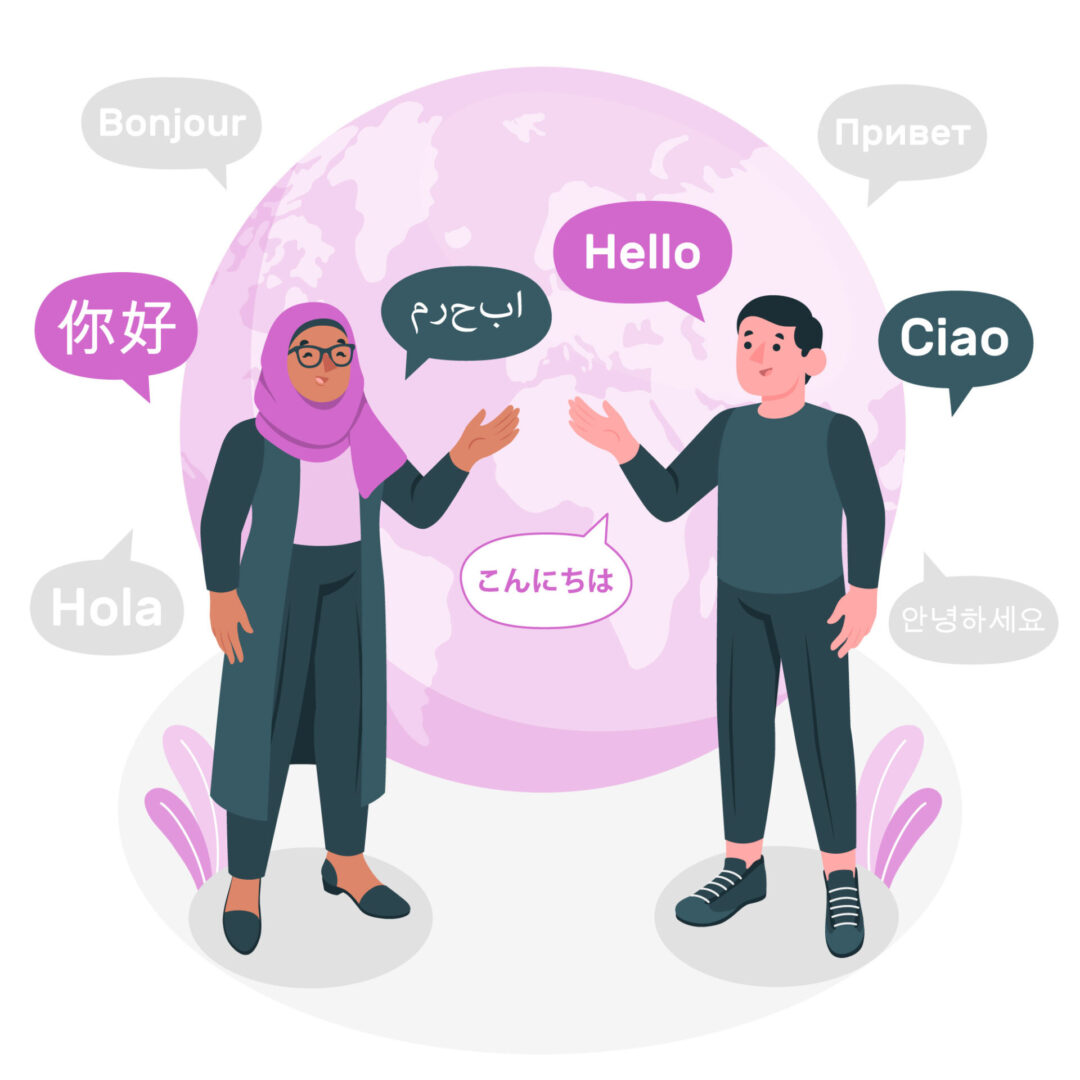What Is Consecutive Interpreting? The Role of Consecutive Interpreting in Multilingual Communication

Language Barriers Can Be Life-Threatening in Healthcare
In today’s globally connected world, effective communication across languages isn’t just a convenience—it’s a necessity. Whether it’s a legal deposition, a medical consultation, or an international diplomatic meeting, the need for accurate spoken language transfer is critical. That’s where consecutive interpreting comes in.
This article answers the question: What is consecutive interpreting? We’ll explore how this specialized form of interpreting functions and its real-world impact in multilingual settings, especially in legal, medical, and diplomatic environments.
The Growing Need for Reliable Cross-Language Communication
As organizations expand internationally and communities become more diverse, clear multilingual communication is more important than ever. Miscommunication can lead to costly errors, misunderstandings, and even legal or medical consequences.
In high-stakes scenarios where precision matters, consecutive interpreting is the go-to solution. But what exactly does it involve?
What Is Consecutive Interpreting
Consecutive interpreting is a form of spoken language interpretation where the interpreter listens to a speaker, takes notes, and delivers the message in the target language after the speaker pauses. This structured, turn-based format allows for more accurate and nuanced communication compared to simultaneous interpreting, where messages are interpreted in real time.
Unlike written translation, consecutive interpreting happens live and requires exceptional listening, memory, and note-taking skills. It's particularly effective in scenarios where clarity, tone, and detail must be preserved in full.

Why Consecutive Interpreting Is the Right Fit for Multilingual Communication
Consecutive interpreting isn't just a convenience—it’s a strategic communication tool in multilingual interactions where stakes are high and every word counts. Whether you’re facilitating a legal proceeding, managing a complex medical dialogue, or conducting an international negotiation, the structure and precision of consecutive interpreting make it the most suitable option in many scenarios.
Why It’s Ideal for High-Stakes Environments
Unlike simultaneous interpreting, where the interpreter translates in real-time while the speaker continues talking, consecutive interpreting allows for a more thoughtful exchange. The interpreter listens to the speaker’s full statement—typically in short segments—takes structured notes, and then delivers the translation in the target language. This pause-interpret-pause rhythm results in:
- Greater linguistic and contextual accuracy: Interpreters can fully process the speaker’s message, including tone, idiomatic expressions, and cultural references.
- Improved comprehension for both parties: The back-and-forth nature gives listeners time to absorb and respond, which is especially helpful when technical or emotionally sensitive information is shared.
More control over the flow of conversation: Speakers and listeners stay in sync, making it easier to clarify misunderstandings immediately and maintain a coherent dialogue.
Why It’s Ideal for High-Stakes Environments
Here’s how consecutive interpreting directly supports effective communication in critical sectors:
- Courtrooms and depositions demand exact language reproduction. A single misinterpreted phrase could affect legal outcomes.
- Client-attorney meetings often involve confidential or complex discussions where clarity and trust are paramount.
- Consecutive interpreting ensures precise, full delivery of legal terminology and witness statements, with room for verification.
- In doctor-patient interactions, language barriers can hinder diagnosis, treatment planning, or informed consent.
- Consecutive interpreting allows medical professionals to speak naturally and ensures patients fully understand procedures, risks, and choices.
- Interpreters can also recognize nonverbal cues and cultural nuances that could affect communication and care.
Technical Advantages of Consecutive Interpreting
In addition to its suitability for sensitive environments, consecutive interpreting offers practical advantages:
- No need for interpreting equipment: Unlike simultaneous interpreting, there’s no requirement for soundproof booths, headsets, or audio systems—making it more accessible and cost-effective.
- Effective in small to medium-sized settings: It’s particularly useful for interviews, consultations, briefings, and one-on-one meetings.
Adaptable across industries: Whether you’re in finance, law, healthcare, or humanitarian aid, consecutive interpreting is flexible enough to meet industry-specific language needs.
Ensure Your Message Is Understood Accurately and Effectively
Consecutive interpreting is more than just converting words between languages, it’s about conveying meaning, context, and intent. In environments where misunderstanding is not an option, choosing experienced interpreters makes all the difference.
Whether you’re organizing an international meeting, working in the legal system, or managing a multilingual healthcare facility, TransLangua’s interpreting service ensures successful communication.
Key Takeaways:
- Consecutive interpreting is a live, spoken language service where interpretation occurs after the speaker pauses.
- It plays a critical role in multilingual communication across legal, medical, and diplomatic settings.
- It ensures accuracy, clarity, and cultural sensitivity, making it ideal for complex or high-stakes conversations.
- Partnering with a professional provider ensures successful communication outcomes.
Let your message cross languages—without losing meaning
